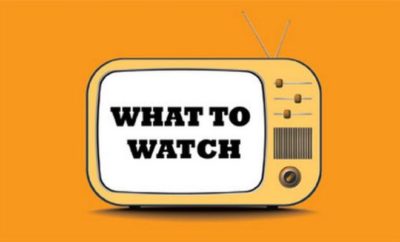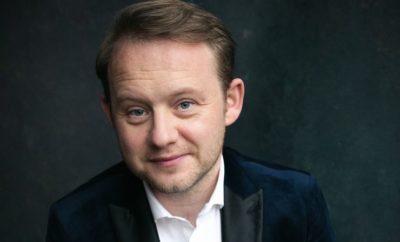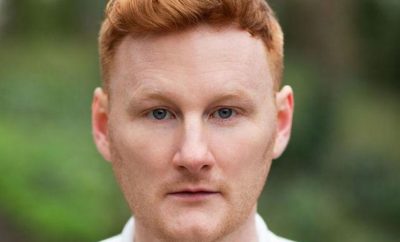 Pexels.com
Pexels.com
Features
Unique and Interesting Innovations in Film and Video
Films and video have changed drastically over the years. From the days of the silent movies to the CGI filled full-length features of today, there’s really no questioning that Cinema has evolved quite a bit. It’s interesting to see how films have gone from being black and white masterpieces like Buster Keaton’s The General to full-on technological wonders like the films that make up the Marvel Cinematic Universe.
One driving factor that has fueled this progress is technology. Indeed, the wide range of film and videography equipment available on Adorama highlights the sheer number of high-performing tools that even independent filmmakers now have at their disposal. This increased availability of equipment has meant that the future of film and video looks to be very exciting. And many new filmmakers will be looking at the below films to see how they can push innovative filmmaking further.
The Mandalorian
While we can definitely point to any of the new Star Wars films when it comes to innovations in films (specifically when it comes to special effects), the Pedro Pascal led The Mandalorian pretty much embodies the cutting edge technology that will redefine modern filmmaking. This is because the Star Wars TV series makes use of Stagecraft, an enormous LED screen background that’s making a case to replace green screen technology altogether.
What’s interesting about Stagecraft is that unlike green screen technology, the images aren’t static. The dynamic images change and adapt to the camera, making for more detailed and immersive backgrounds and environments. This is incredibly useful for genre films that require larger than life locations. However, the potential for this type of technology isn’t limited to a specific genre of film and entertainment. In fact, Stagecraft and similar technology could very well end up eliminating the need for on-location shooting.
Host
Limitations promote creativity. Nothing proves that more than the 2020 hit horror film Host. What’s interesting about this film is that it was filmed entirely during the COVID-19 lockdown. So how did they go about doing this? To get around the limitations of the constant lockdowns and travel restrictions, the entirety of Host takes place during a Zoom call.
What’s great about this film is that it opens the floodgates to what’s possible in modern filmmaking. Technology often dictates how things are done but rarely has a piece of media ever used technology itself as a tool to tell an engrossing and effective story. The film has quickly gained cult classic status, even managing to make it into The Week’s picks for the 10 best horror movies of 2020.
Searching
Speaking of films that use technology as a storytelling device, 2018’s Searching uses a multitude of different devices to take audiences on a unique journey. It follows David Kim (played by John Cho) as he searches for his missing daughter by following the digital breadcrumbs that she’s left behind on her computer and social media accounts.
The film is made up of a combination of footage from webcams, web videos, security footage, live streams, text messages, and even FaceTime. While this might seem gimmicky at first, it actually introduces an entirely new degree of depth to the entire movie-viewing experience. There’s something unsettling about a story being told using devices that we interact with on a daily basis — how something similar could easily happen to us or the people around us.
1917
While one-shot takes aren’t exactly new, 1917 takes this to a whole new level as the film only contains one visible cut. This makes for a truly unique viewing experience that puts the audience right in the middle of the action alongside Lance Corporal Schofield (played by George MacKay).
Now, it’s important to note that 1917 isn’t a “true” one-shot film. While many parts of the film were filmed in one continuous take, it does cheat in certain parts. The film achieved the illusion of being a one-shot film by perfectly matching up consecutive shots when they couldn’t film in one continuous take. They achieved this through the technical brilliance of master cinematographer Roger Deakins, who was armed with three prototype miniature large-format Alexa cameras.
For future filmmakers, all of the above films will be key markers on how modern filmmaking has evolved. Whether it is big budget movies or smaller independent films, the innovative ways films are being shot today shows that no matter the circumstances cinema will survive. Hopefully in the future we will be seeing more films that have changed the way films are made.





You must be logged in to post a comment Login